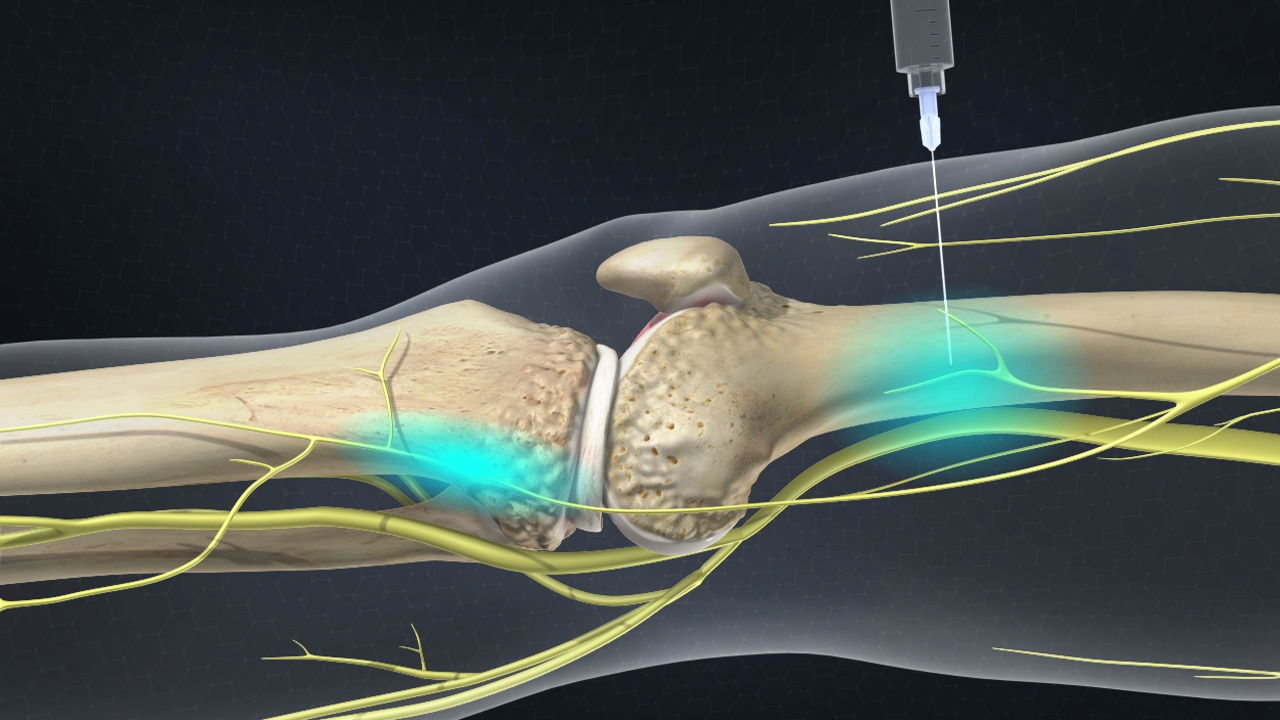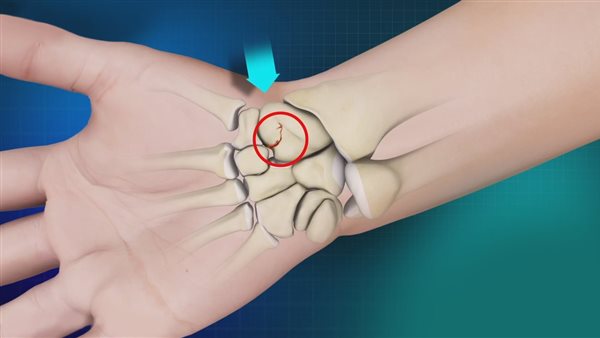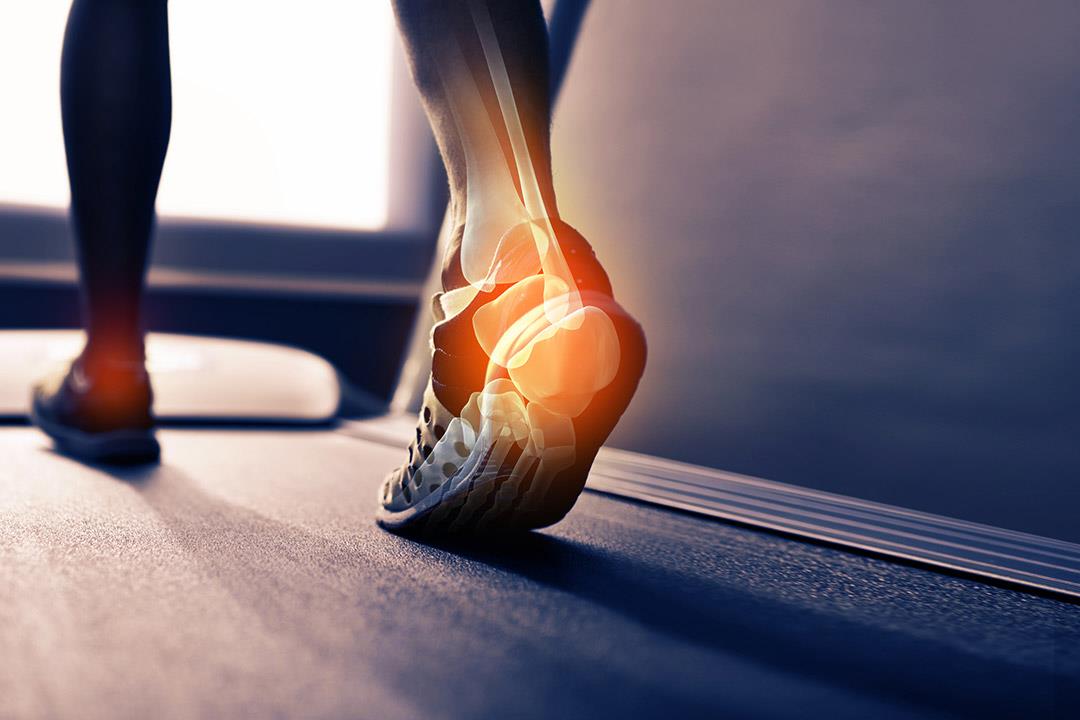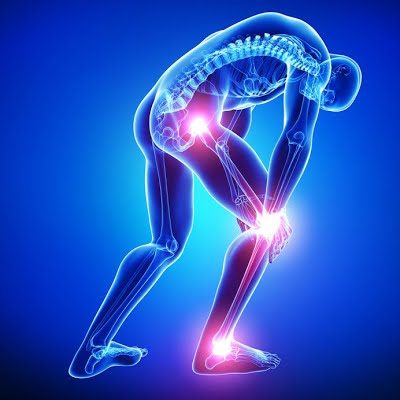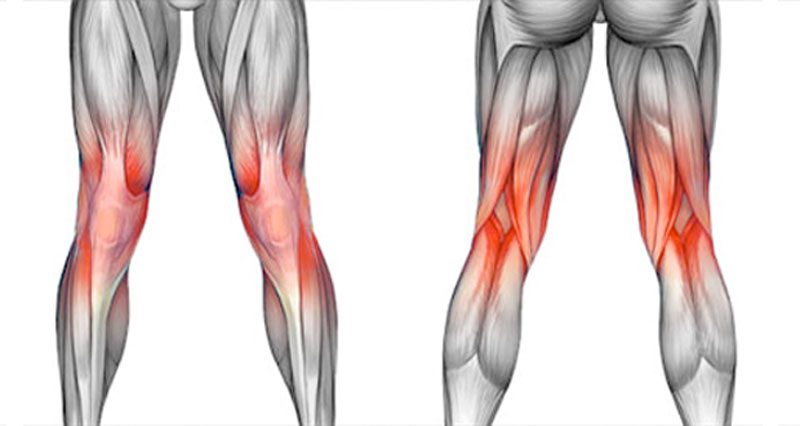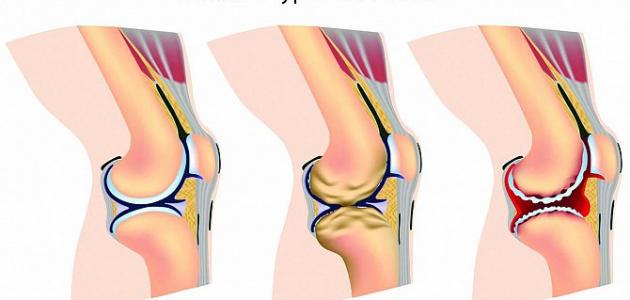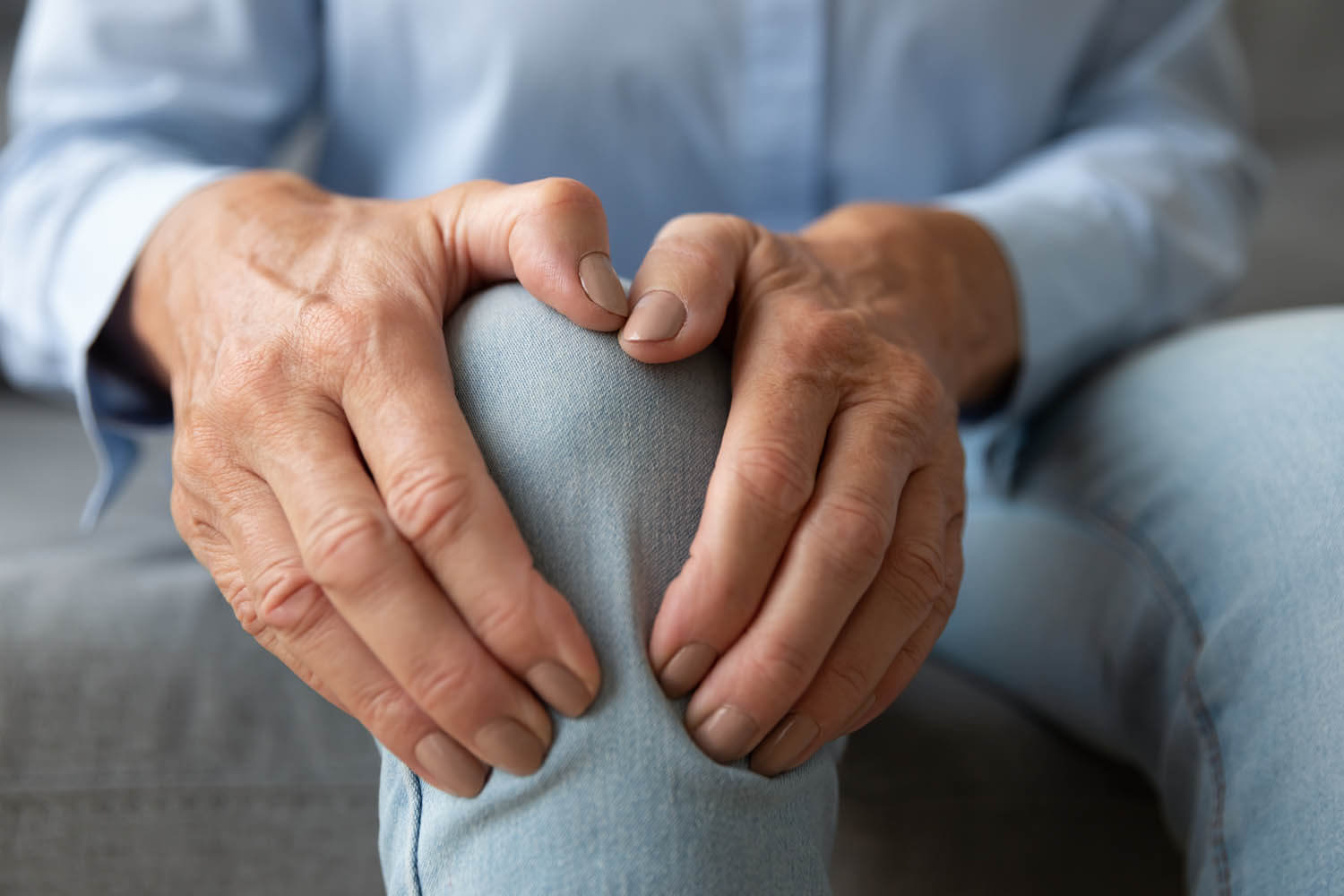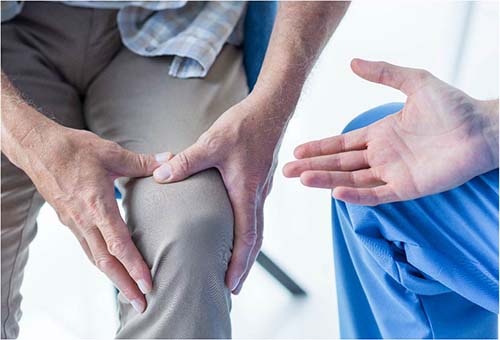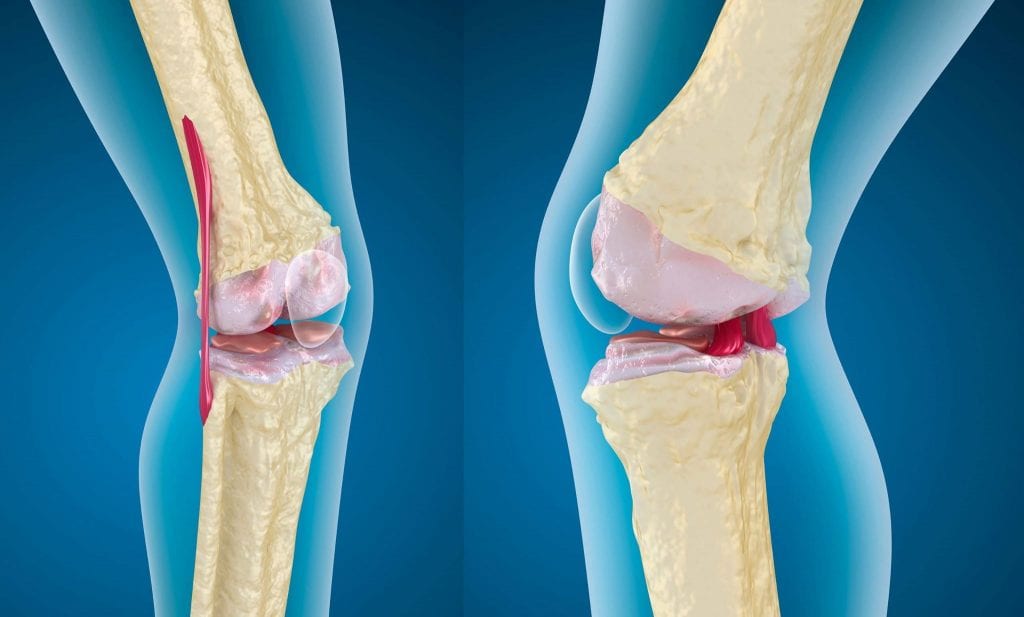What are the symptoms of hot flashes? What are its causes and treatments?

What are the symptoms of hot flashes?
Hot flashes are a common condition that affects many women at different stages of their lives. Hot flashes represent a natural change in sweat gland activity, affecting sweat production. This condition can significantly impact a woman’s daily comfort and may require proper management. Here, we will look at some common symptoms of hot flashes:
Excessive Sweating: Women may experience excessive sweating at different times of the day, including during sleep. This sweating can be bothersome and problematic in daily life.
Hot Flashes: Hot flashes are one of the most common symptoms of hot flashes. This occurs when a woman suddenly feels an intense heat in the body, accompanied by heavy sweating and redness in the face and neck.
Mood Changes: A woman may notice mood changes such as depression, anxiety, and irritability. These hormonal changes are one of the possible causes of these symptoms.
Difficulty Sleeping: Some women may experience difficulty sleeping due to other symptoms such as hot flashes and excessive sweating.
Changes in Menstrual Cycle: Some women may notice changes in their menstrual cycle, such as changes in the amount of blood discharged or changes in the duration of the cycle.
Dehydration and Skin Dryness: Excessive sweating can lead to dehydration of the body and skin, requiring adequate water intake and the use of moisturizers to maintain skin hydration.
It is worth noting that hot flashes can vary from one woman to another, and their severity may increase or their frequency may decrease over time. If you are experiencing bothersome symptoms of hot flashes, it is advised to consult a doctor to evaluate your condition and discuss appropriate treatment. Inquire about medical treatments and available alternatives to alleviate symptoms and improve your quality of life.
Where does the pain of sciatic nerve inflammation originate?
The areas of sciatic nerve inflammation are among the most significant regions that can cause feelings of tension and discomfort for many individuals. Many people seek effective and appropriate ways to get rid of this problem. However, before doing so, it is essential for us to understand the causes of this type of sweating.
Sciatic nerve inflammation pain often originates when the sweat glands in the sciatic region are in a state of excessive activity. These glands are located in specific areas such as the armpits, neck, forehead, and back. These sweat glands are responsible for secreting sweat to cool the human body.
Generally, these glands are active due to many potential factors. One of the most important factors is exposure to extreme heat or hot weather. When the body is exposed to high temperatures, the sweat glands work intensively to secrete sweat to cool the body and help maintain its optimal temperature.
In addition, genetic factors play a significant role in the occurrence of sciatic nerve inflammation pain. You may have a genetic makeup that makes you more susceptible to this problem. If someone in your family suffers from sciatic nerve inflammation, it is likely that other family members may also be affected by this issue.
The accumulation of stress and anxiety is also one of the factors that can lead to sciatic nerve inflammation. When you have high levels of stress and psychological tension, the nervous system activates and plays a role in stimulating the sweat glands in your body, leading to increased sweating and the emergence of the problem.
If you are suffering from sciatic nerve inflammation, it is important to deal with it effectively. These methods may include using antiperspirants, maintaining cleanliness in the affected areas, wearing cotton clothes that allow body ventilation, and avoiding excessive heat and humidity.
If the problem of sciatic nerve inflammation continues to increase and causes you significant discomfort, it is advised to visit a specialized doctor to get an accurate diagnosis and professional consultation. The doctor may suggest appropriate treatments that help you manage this issue and reduce the resulting discomfort.
What is the best medicine for treating hyperhidrosis?
If you are suffering from hyperhidrosis, you might be interested in knowing what the best medicine to treat it is. Hyperhidrosis is a condition that causes excessive sweating in certain areas of the body, and this excessive sweating can lead to feelings of embarrassment and discomfort.
There are several options available for treating hyperhidrosis, ranging from topical treatments to medicinal treatments. In some cases, non-medicinal procedures may be sufficient to alleviate the symptoms of hyperhidrosis. Doctors may advise you to follow the guidelines below:
Use antiperspirant products: There are many products available in pharmacies that contain antiperspirant agents such as aluminum chloride. You can use them on the affected areas to reduce sweating. Avoid irritants: Some substances can exacerbate hyperhidrosis, such as spicy spices, caffeine, and alcohol. Try to avoid consuming these substances and monitor their effect on your symptoms. Wear appropriate clothing: Choosing clothes made from natural, breathable fabrics like cotton can help reduce sweating. Avoid wearing tight clothing that traps heat and moisture.
Although topical treatments can sometimes be effective, medicinal treatment may be necessary for severe cases of hyperhidrosis. Medicinal treatment is usually based on the use of topical antiperspirants, or even topical anesthetics, which combat sweat secretion. It is advisable to consult a doctor to determine the appropriate medication and proper usage instructions.
In general, there are multiple options available for treating hyperhidrosis, and affected individuals are advised to consult a doctor to discuss their symptoms and determine the best treatment that suits their individual condition. Paying attention to non-medicinal advice such as appropriate dress and avoiding irritants can have a positive impact on managing and alleviating hyperhidrosis.
What is the home remedy for hyperhidrosis?
When it comes to treating hyperhidrosis at home, there are a number of steps that can be taken to alleviate symptoms and soothe irritated skin. Here is a list of ideas that might help:
- Use cornstarch powder: Cornstarch can be helpful in absorbing excess moisture and drying out the affected area of the body. It might be beneficial to apply a thin layer of cornstarch to the sweaty and warm areas after showering. Leave it to dry completely and then gently wipe it off using a clean cloth.
- Use olive powder: Olive powder has antibacterial and antifungal properties, making it a good option for treating hyperhidrosis. Apply a small amount of olive powder and gently rub it onto the affected area for 10-15 minutes, then wash the area with warm water and dry it well.
- Use cinnamon and lemon juice: These natural ingredients might be effective in combating the unpleasant odors resulting from hyperhidrosis. Mix a small dab of cinnamon with the juice of half a lemon. Apply the mixture to the affected area and leave it for 15-20 minutes, then wash it off with warm water and dry thoroughly.
- Use black tea: Black tea has antibacterial properties and can be used to reduce the odor of sweat. Brew a cup of black tea and let it cool. Apply the cooled tea to the affected area using a clean cotton ball and leave it to dry. Afterward, wash the area with lukewarm water and dry it well.
- Stay fresh and clean: It is crucial to pay attention to body hygiene and properly care for areas of excessive sweating. Wash the affected areas regularly with warm water and mild soap, and gently pat the wet areas with a towel to absorb excess moisture. Body refreshing products like natural deodorants or anti-moisture powders can also be used.
Do not forget to consult with a doctor if the symptoms of hyperhidrosis persist and cause severe irritation. Additional treatments or specialized medical advice may be needed.
Does hyperhidrosis heal on its own?
Hyperhidrosis does not heal on its own, but it can be a sign of several medical conditions that require attention and medical care. Hyperhidrosis is one of the symptoms that may indicate a medical problem or disorder in the body. Excessive hyperhidrosis may occur in specific areas of the body such as the armpits, palms, or feet, and it may also be accompanied by an unpleasant odor.
Neurological disorders are among the most common causes of hyperhidrosis. When there is severe stress or anxiety, the control centers in the nervous system responsible for regulating normal sweat production can be affected, leading to increased sweating. In addition, hormonal changes can have an impact on the occurrence of hyperhidrosis, such as during pregnancy or menopause.
Furthermore, there are diseases and health conditions that cause hyperhidrosis, such as hyperthyroidism, diabetes, and cardiovascular problems. Hyperhidrosis may also indicate the presence of bacterial or fungal infections in the body.
If you are suffering from excessive hyperhidrosis and it is affecting your daily life, it is important to seek medical help. A doctor can evaluate your condition, determine the likely cause, and prescribe the necessary treatment. Treatment may include the use of antiperspirants, sweat-inhibiting medications, medications to regulate thyroid activity, or treating the underlying condition causing hyperhidrosis.
In addition to medical treatment, some preventive measures can also be taken to alleviate the problem of hyperhidrosis, such as wearing clothes made of natural fibers and thoroughly drying areas prone to sweat accumulation like the armpits and feet. It is also advisable to avoid alcoholic beverages and spicy foods that can cause an increase in sweat production.
Do not underestimate the problem of hyperhidrosis and ignore it; instead, visit a doctor to get the correct diagnosis and appropriate treatment for your condition. Taking care of your health means acting responsibly and promptly in dealing with any abnormal symptoms you may experience.
What are the causes of excessive sweating?
For many women, excessive sweating is an annoying and embarrassing problem. Some may wonder, what causes excessive sweating? In this article, we will review some common causes of excessive sweating and how to deal with them.
- Rising temperatures: Rising temperatures are one of the reasons behind excessive sweating. When the weather is hot, the body works to cool itself down by secreting sweat. Excessive sweating contributes to the appearance of wet spots on clothes and a feeling of discomfort.
- Intense physical activity: Engaging in intense physical activity causes the body to produce sweat as a way to cool down. This may lead to more noticeable and abundant sweating. To deal with this issue, it is recommended to wear appropriate clothing and use products that absorb sweat.
- Stress and anxiety: Stress and anxiety are other factors that can lead to excessive sweating. When in an unstable psychological state, it can result in increased sweat production. To alleviate stress and anxiety, practicing relaxation and meditation techniques is advised.
- Skin inflammation: Some individuals suffer from skin inflammations, such as dermatitis and eczema, which can lead to excessive sweating. It is important to consult a doctor for the appropriate treatment for skin inflammation.
- Hormonal changes: Some women experience hormonal disorders, such as thyroid diseases and menopause, which can lead to frequent excessive sweating. It is recommended to visit a doctor for an accurate diagnosis and appropriate treatment.
Although excessive sweating can be frustrating at times, there are ways to manage it. Antiperspirants or alum powder can be used to absorb sweat and reduce moisture. Additionally, it is important to wear clothes made of sweat-absorbing fabrics and avoid tight clothing.
If excessive sweating persists and becomes abnormal, it is advisable to visit a doctor for a comprehensive evaluation and accurate diagnosis of the condition.
Does walking help in treating excessive sweating?
Yes, walking can help in treating excessive sweating. Excessive sweating, or hyperhidrosis, is a condition characterized by the secretion of excessive amounts of sweat in specific areas of the body, especially the underarms, body, and feet.
Walking is a simple and effective type of exercise that can help alleviate excessive sweating. Regular walking enhances blood circulation, improves the functions of the lymphatic system, activates muscles, and improves balance and flexibility.
By following a structured and suitable walking program, individuals suffering from excessive sweating can reap numerous health benefits. Walking can help strengthen the body’s muscles, increase calorie burn, contribute to weight loss, and reduce the accumulation of fat in specific areas of the body.
Likewise, walking can enhance the sense of psychological comfort and reduce the level of stress and anxiety, which is an important factor for those who suffer from sciatica and wish to overcome the psychological and emotional problems associated with this condition.
In addition, walking is considered an excellent means of preventing cardiovascular diseases and reducing the risk of stroke, diabetes, and high blood pressure. Therefore, for people suffering from sciatica and looking to improve their overall health, walking is one of the preferred options.
To get the maximum benefit from walking as a treatment for sciatica, it is recommended to walk for 30 minutes daily, five days a week. It can be done at any convenient time of the day for the person. Some people may need to start the program at a slow pace and gradually increase the time and distance over time.
In general, walking is a simple and low-cost means of healthcare and well-being. It not only helps in treating sciatica but also enhances overall physical fitness and improves mental health. So, do not hesitate to start a structured walking program and enjoy the many health benefits you will receive.
Does sciatica pain increase at night?
Is suffering from nighttime sciatica pain common in women? If you suffer from this condition, don’t worry, you are not alone. Nighttime sciatica pain is a common problem faced by many women at different stages of their lives. However, you may feel anxious and confused about this matter and seek answers.
Hormonal changes may play a role in increasing nighttime sciatica pain in women. During certain periods of life such as menstruation, pregnancy, or menopause, hormonal changes occur in a woman’s body. These hormonal changes can affect the metabolic process and affect body temperature. Women may experience sudden and unexpected bouts of severe nighttime sweating while sleeping, which cannot be clearly explained.
Many other diseases and health conditions can also increase nighttime sciatica pain in women. For example, psychological disorders such as anxiety, stress, and depression can increase the severity of sciatica pain in women. Certain sleep disorders, such as sleep deprivation and insomnia, can also increase sensitivity to nighttime sciatica.
If you suffer from nighttime sciatica pain, it is important to undergo medical examination to rule out any diseases or health conditions that may be causing these symptoms. The doctor may request a blood test and hormonal analysis to determine the hormone levels in your body. It may also be helpful to identify the stress and anxiety factors affecting you.
Ultimately, some home remedies can be utilized to relieve nighttime sciatica pain in women. You can try to create a calming atmosphere before sleep by following a quiet routine and avoiding potential triggers such as stimulant drinks or rich food. Using lightweight and breathable bedding may help reduce nighttime sweating. If symptoms persist and cause severe sleep disturbance, it is advisable to consult a doctor for necessary advice and follow-up.
What is False Sciatica?
False sciatica is a term used to describe a condition in which a woman experiences excessive and intense sweating without any clear cause or apparent reason. This type of excessive sweating in women is considered a health issue with unknown causes and is somewhat mysterious.
There is no single defined description for false sciatica, but it typically refers to a condition of excessive sweating that occurs without a clear cause, such as severe sweating at night or during rest periods. There might be familial predisposition to this condition, but it is not considered a general rule.
Numerous potential factors and diseases could be the causes of false sciatica, such as hormonal changes associated with pregnancy, thyroid gland disorders, or psychological disorders like anxiety and stress. Some medications could also be responsible for this condition, such as antidepressants or hormone replacement therapies.
Diagnosing false sciatica accurately is challenging, as there are no specific tests to determine the presence of this condition. Therefore, diagnosis relies on ruling out other potential causes of excessive sweating. Individuals experiencing abnormal sweating should consult a doctor for an accurate diagnosis and to identify the cause of the excessive sweating.
There are several treatment options available to help women suffering from false sciatica. Treatment may include the use of antidepressants or hormones to regulate the hormonal balance in the body. There might also be alternative treatments such as psychotherapy and coping measures to deal with the excessive sweating.
In general, it is advisable to consult a doctor to receive the appropriate diagnosis and treatment for false sciatica. Excessive sweating can be bothersome and uncomfortable, so finding the right treatment helps improve the quality of life for the women affected by this condition.
Is a Back Belt Beneficial for Sciatica?
A back belt is a device used to strengthen the back muscles and maintain proper body posture. For women suffering from excessive sciatica, the belt may be beneficial in reducing symptoms and improving daily comfort. Would you like to know more about the benefits of a back belt for sciatica? Here are some tips and information that might be helpful:
- Reducing Sweat Formation: The back belt can help reduce the formation of sweat in the back area and surrounding regions. It works by preventing moisture dispersion between the skin and clothing, helping to keep the skin dry and comfortable.
- Back Support and Stabilization: The back belt provides support and stabilization needed to avoid muscle pain and maintain proper body balance. Excessive sweating may cause additional pressure on the muscles and spine, and using the belt can help relieve this pressure and reduce associated pain.
- Improving Daily Comfort: Thanks to its effective support, the back belt can improve daily comfort for women suffering from excessive sciatica. It can reduce feelings of fatigue and muscle strain, providing an overall sense of comfort and relaxation.
- Efficiency and Ease of Use: The back belt is easy to use and adjustable to fit the desired size and shape. It can be worn under clothes without attracting attention or disrupting the overall appearance.
- Consulting a Doctor: Before using a back belt for excessive sciatica, it is best to consult a specialized doctor. The doctor can guide you and provide appropriate advice based on your individual health condition.
In conclusion, a back belt may be an effective way to address excessive sciatica and improve overall comfort. However, you should always consult a doctor before using it, and make sure to follow the instructions and obtain the necessary information to ensure safe and effective use of the belt. Remember that maintaining a healthy diet and regular exercise can also help improve your overall health and reduce the issue of excessive sciatica.
Endoscopic Sympathectomy Procedure
Over time, endoscopic sympathectomy procedures – also known as sweat gland surgery – have become a common and popular method for treating hyperhidrosis problems. Dr. Amr Amal is one of the qualified surgeons performing this procedure successfully. In this article, we will review some key information about the endoscopic sympathectomy procedure under the supervision of Dr. Amr Amal and its potential benefits.
- Endoscopic Sympathectomy Procedure: The endoscopic sympathectomy procedure is conducted to treat hyperhidrosis, a condition characterized by abnormally excessive sweating in specific areas of the human body. The procedure involves inserting a small endoscopic camera through small incisions in the skin, allowing the surgeon to view and remove the glands causing excessive sweating.
- Advantages of Endoscopic Sympathectomy:
Precision Guidance: The use of an endoscope allows the surgeon to clearly and precisely view the targeted tissues, enabling efficient removal of excess sweat glands. Less Pain and Bleeding: Due to the small skin incisions made during the procedure, the patient experiences less pain, a shorter recovery period, and reduced blood loss. Satisfactory Results: Thanks to the meticulous use of the endoscope, the endoscopic sympathectomy procedure yields good and satisfactory results. Patients usually notice a significant improvement in their excessive sweating conditions after the procedure.
- Dr. Amr Amal: Dr. Amr Amal is a surgeon specializing in endoscopic sympathectomy procedures. He has extensive experience in this field and focuses on providing comprehensive care and effective treatment for his patients. Dr. Amr Amal carefully evaluates each patient’s condition and adheres to high standards of surgical safety and success.
- Procedure Steps: The endoscopic sympathectomy procedure includes the following steps:
Anesthesia: General anesthesia is administered to ensure the patient’s complete comfort during the procedure. Surgical Incisions: Small skin incisions are made in the concerned area, through which the endoscope and necessary surgical tools are inserted. Removal of Sweat Glands: Using the endoscope, the surgeon identifies and precisely removes the excessive sweat glands. Closure and Healing: The surgical wounds are closed and stitched up, with dressings applied to aid the healing process.
- Post-Procedure: After the endoscopic sympathectomy procedure, the patient may require some rest and special care for a short period. They may be advised to avoid strenuous physical activities for a few days and to properly care for the wounds to promote healing.
In conclusion, the endoscopic sympathectomy procedure is an effective and safe surgical method for treating hyperhidrosis. If you are experiencing sweating problems, Dr. Amr Amal is an excellent choice for undergoing this procedure. For more information and personal consultation, feel free to contact Dr. Amr Amal and his qualified team.

